Thanks to a Centre for Print History and Culture small grant, I contributed to ‘Creative Histories’, a conference jointly hosted and funded by the Bristol University History Department, the Bristol Institute for Research and the British Academy for the Humanities and Social Sciences in July 2017. The conference brought together a wide range of international researchers with shared interests in communicating history in creative ways. These ranged from presentations about how groups such as the indigenous peoples of Australia relate their own history through song and art, to writing historic fiction based on archival research.
My PhD centres on a magazine produced by the employees of the Owen Group, an engineering company which, at its height, had sixty-four companies based in the Black Country, the North, Wales, Scotland, India, Canada and South Africa. The magazine - Goodwill - was published quarterly between 1946 and 1980. The period I focus on ended in 1959 when the magazine ceased to be made for employees and was turned into a simple trade journal. In this initial phase, the magazine was packed with information about the sports and social facilities of the firm and the home life of its workers. Common articles include reports on holidays, results from the dozens of sports teams, photographs of employee weddings and the children which followed this event.
What interests me most of all about Goodwill is not the prose submitted, but the illustrations. The factories of Darlaston, Warrington and Heckmondwicke were packed with amateur illustrators and cartoonists. The company – through its social clubs and Goodwill – gave workers a creative outlet. Group Chairman Sir Alfred Owen had a philosophy that, ‘there’s more to business than making a profit’. Goodwill represents that philosophy, I think.
I am inspired by this, so I have tried to ‘walk in the shoes’ of my subjects by learning to draw. Just like the people I research, I too explore a creative life around my every-day PhD work. Through this, I have not only discovered that I have a talent for drawing, but it has also given me an idea for disseminating my research to the public. My presentation to Creative Histories was all about this aim: that I will produce comic books and illustrated texts on historic subjects. This idea is nothing new. Artist/writers including Art Spiegelman and Raymond Briggs have all published graphic novels on history. Spiegelman’s Maus is one of the best-selling graphic novels of all time, outselling many prose-based histories of the Holocaust (which Maus focuses on). The power of the image in today’s social media world cannot be understated. One good drawing can be retweeted thousands of times, with the accompanying text embedded in a link within that tweet. The image draws the reader in, wishing to learn more.
So this idea was the focus of my presentation. I am pleased to say that it was well-received, as were my first forays into illustration, with some attendees taking photographs of my own drawings incorporated into the slides! But more than this, the conference gave me the opportunity to talk with other like-minded researchers, to learn how they are trying to creatively communicate their research. It was useful to know that I am not the only researcher engaged in such endeavours. We all have the aim of making our research reach into the furthest places it can.
Joe Krawec, Doctoral Researcher, University of Birmingham and Midland 3 Cities
@Joe_Krawec
Image: Cover of Goodwill Autumn 1949. Goodwill and the records of the Owen Group are held at the Modern Records Centre, Warwick University.

